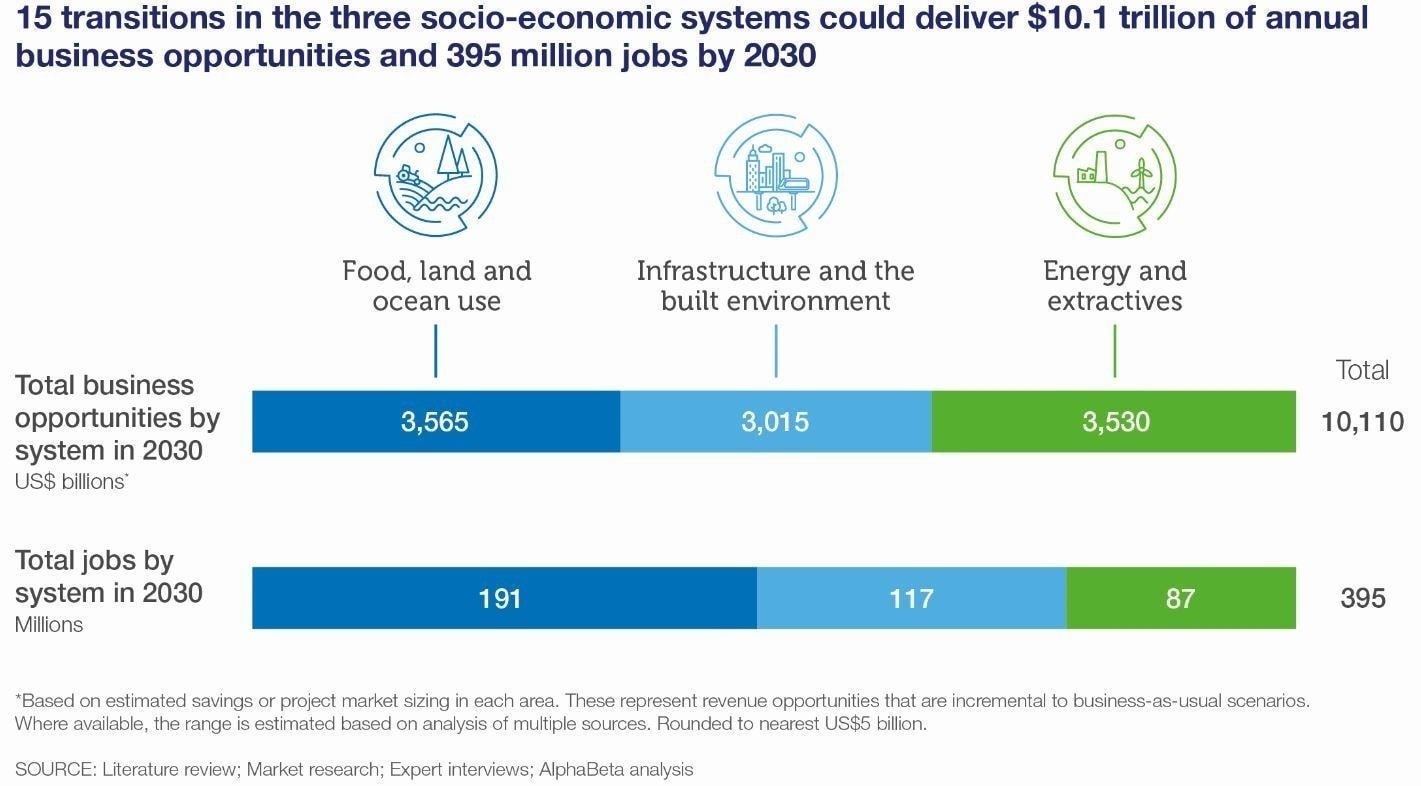What can we learn from mollusks about creating complex architecture?

Layers of nacre, the iridescent and extremely durable organic-inorganic composite that also makes up the shells of oysters and other mollusks
Image: Unsplash/Thomas John
Stay up to date:
Science
- A lot can be learned from the architectural complexity of a pearl, created by certain mollusks.
- These pearls have the ultradurable structures with a level of symmetry like nothing else in the natural world.
- Developing understanding of these structures can help inform our own complex design practices.
Researchers have uncovered for the first time how mollusks build ultradurable structures with a level of symmetry that outstrips everything else in the natural world, with the exception of individual atoms. Research that could inform future high-performance nanomaterials.
“We humans, with all our access to technology, can’t make something with a nanoscale architecture as intricate as a pearl,” says Robert Hovden, an assistant professor of materials science and engineering at the University of Michigan and an author of the paper. “So we can learn a lot by studying how pearls go from disordered nothingness to this remarkably symmetrical structure.”
The analysis was done in collaboration with researchers at the Australian National University, Lawrence Berkeley National Laboratory, Western Norway University, and Cornell University.
Published in the Proceedings of the National Academy of Sciences, the study found that a pearl’s symmetry becomes more and more precise as it builds, answering centuries-old questions about how the disorder at its center becomes a sort of perfection.
Layers of nacre, the iridescent and extremely durable organic-inorganic composite that also makes up the shells of oysters and other mollusks, build on a shard of aragonite that surrounds an organic center. The layers, which make up more than 90% of a pearl’s volume, become progressively thinner and more closely matched as they build outward from the center.

What is the World Economic Forum doing about nature?
“When we build something like a brick building, we can build in periodicity through careful planning and measuring and templating,” he says. “Mollusks can achieve similar results on the nanoscale by using a different strategy. So we have a lot to learn from them, and that knowledge could help us make stronger, lighter materials in the future.”
Accept our marketing cookies to access this content.
These cookies are currently disabled in your browser.
Don't miss any update on this topic
Create a free account and access your personalized content collection with our latest publications and analyses.
License and Republishing
World Economic Forum articles may be republished in accordance with the Creative Commons Attribution-NonCommercial-NoDerivatives 4.0 International Public License, and in accordance with our Terms of Use.
The views expressed in this article are those of the author alone and not the World Economic Forum.
Forum Stories newsletter
Bringing you weekly curated insights and analysis on the global issues that matter.
More on Nature and BiodiversitySee all
Kristian Teleki
May 12, 2025
Jean-Claude Burgelman and Lily Linke
May 9, 2025
Wietse Van Ransbeeck
May 7, 2025
Tom Crowfoot
May 7, 2025
Alfredo Giron
May 6, 2025
Tom Crowfoot
April 30, 2025






